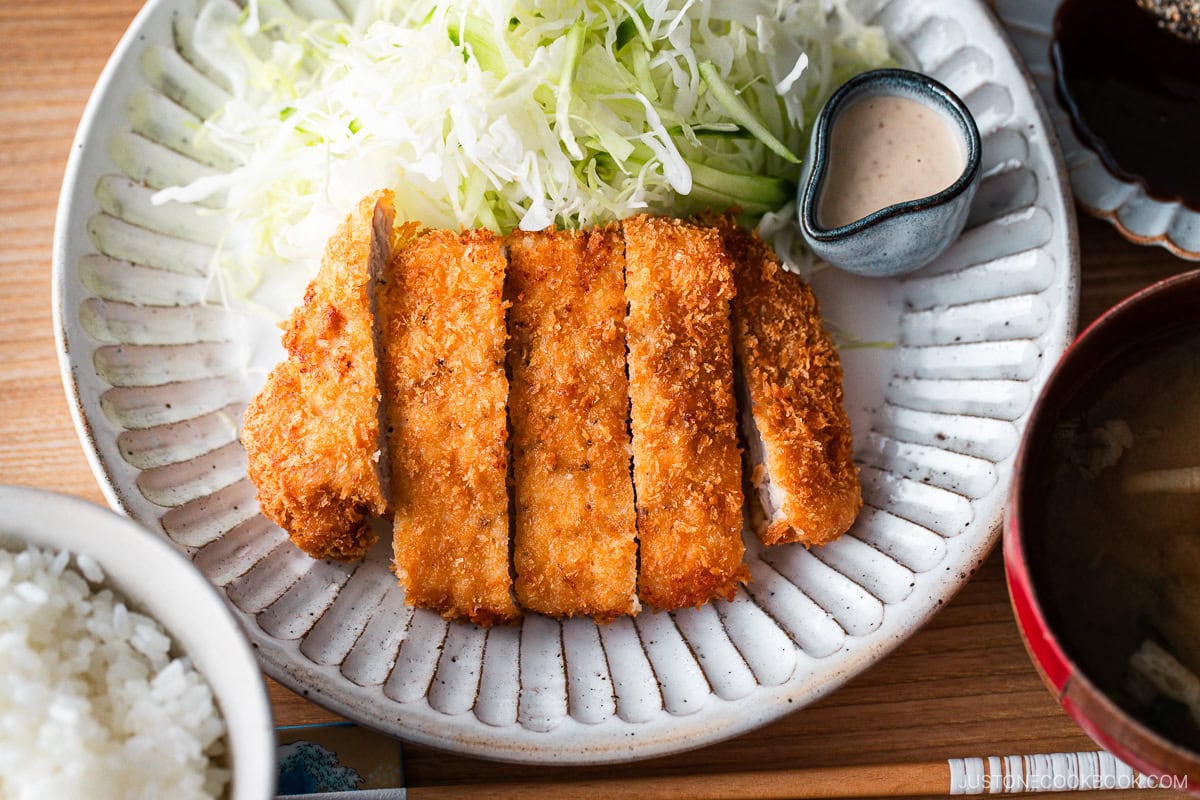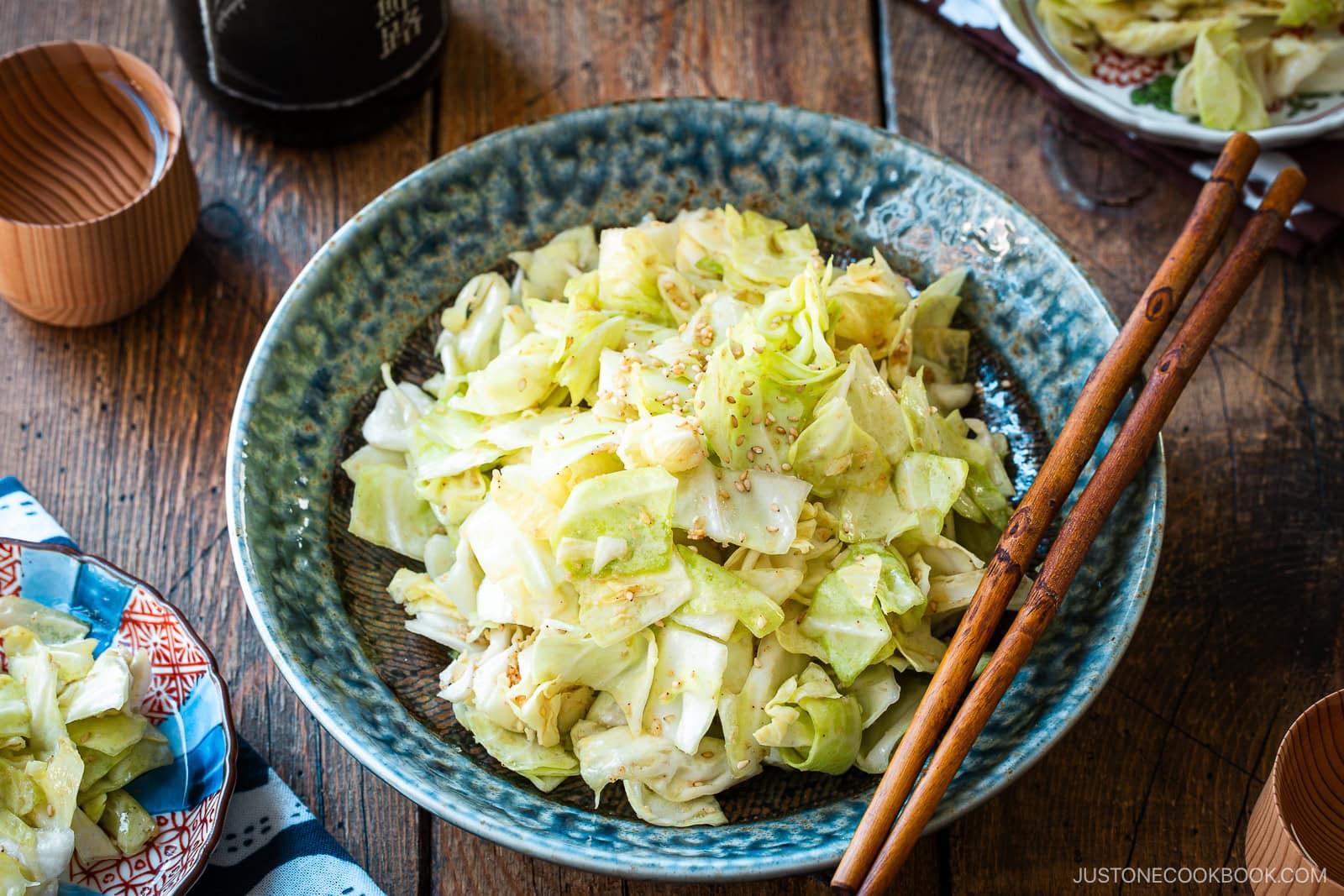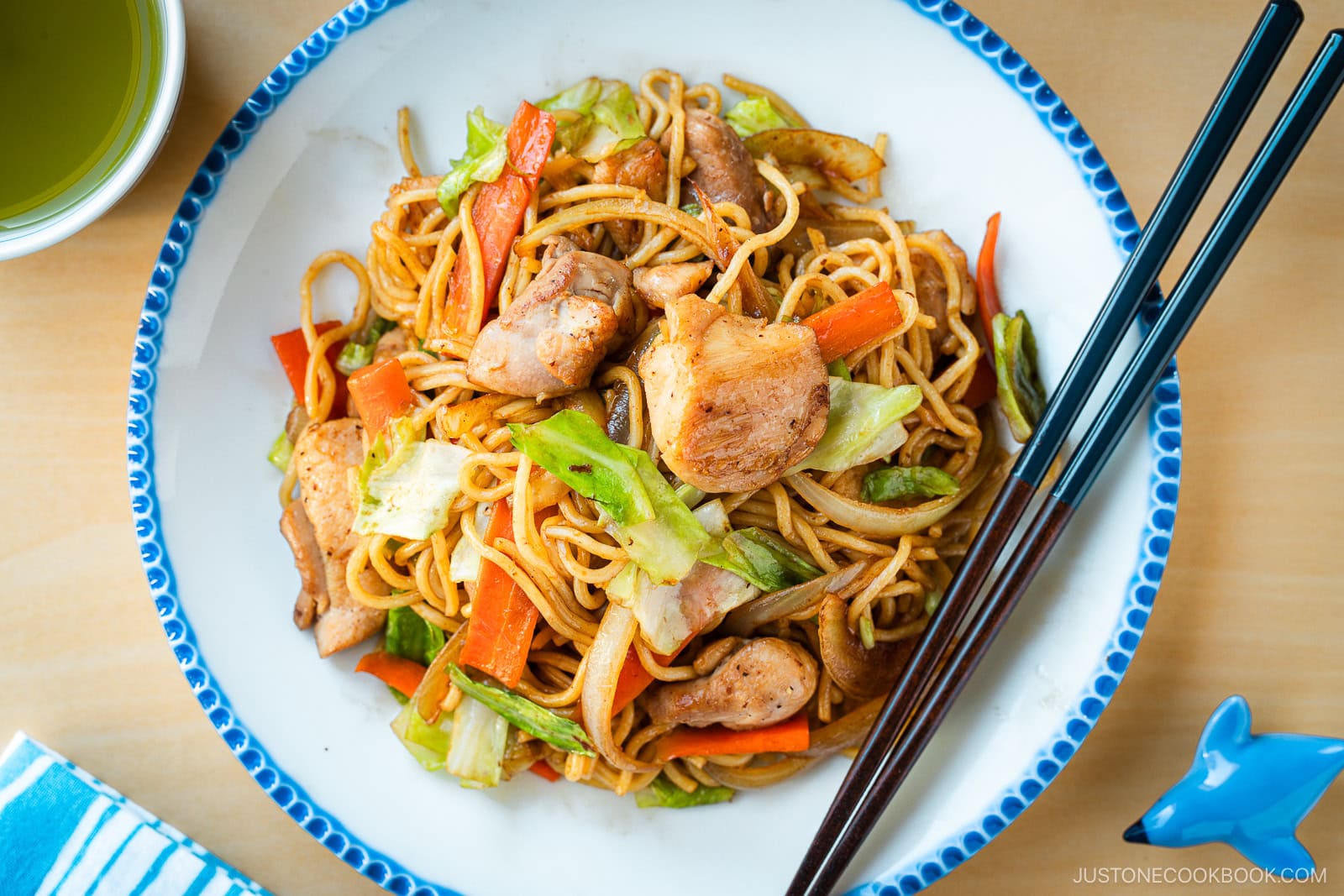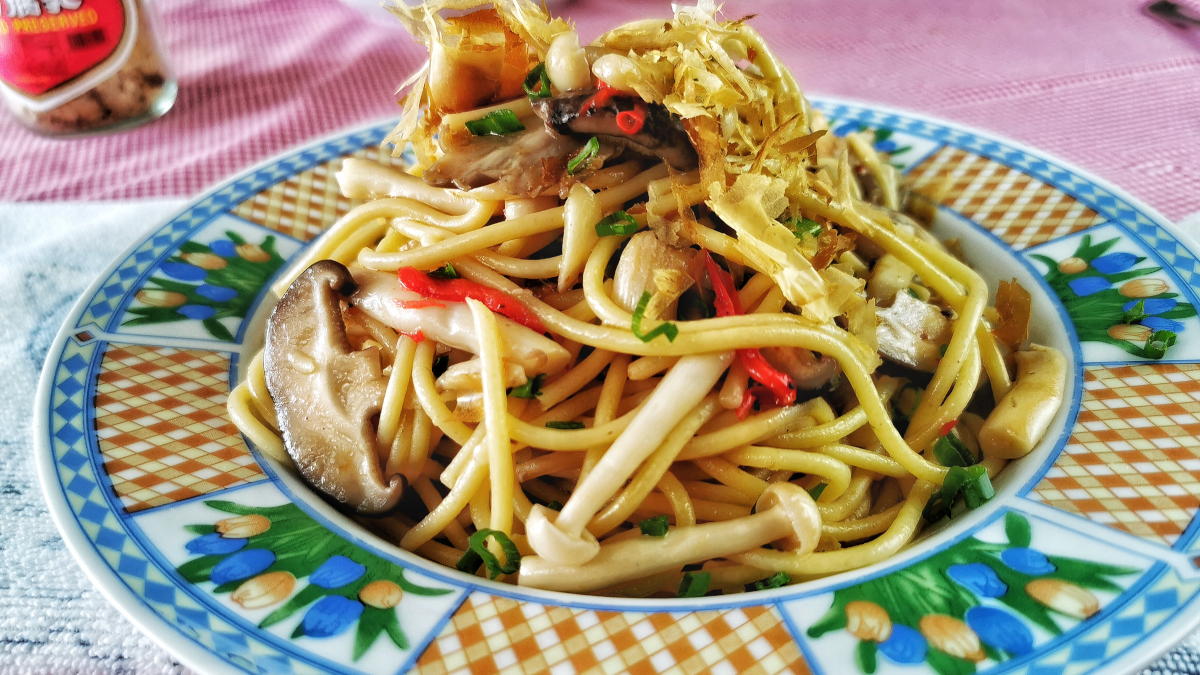Shabu Shabu is a renowned Japanese hot pot where everyone at the table cooks together. Diners swish marbled meat, tofu, and vegetables in a light broth and savor it with a delicious dipping sauce. It’s an intimate yet casual meal that’s fun and easy to prepare at home.
Hot pot is the ultimate comfort food for cold weather. It’s a lively, communal meal that everyone enjoys cooking together at the table. While there are many hot pot recipes in Japan, I recommend starting with Shabu Shabu (しゃぶしゃぶ). I will guide you through the simple preparation and cooking steps so you can share this delightful dish with your family and friends at home.
If you’re looking for more hot pot recipes, consider trying my Yosenabe, Sukiyaki, and Mille-Feuille Nabe!
What is Shabu Shabu?
Shabu shabu is a Japanese onomatopoeia representing the “swish-swish” sound of cooking meat and vegetables in light dashi broth. It’s one of Japan’s most beloved hot pot dishes, where diners cook together at the table in a communal Japanese clay pot, known as donabe. Although hot pot has origins in Inner Mongolia and China, this classic Japanese version was created in the early 1950s at Suehiro restaurant in Osaka.
Why I Love This Recipe
- No pre-cooking required: Simply cut the ingredients and let everyone cook at the table. I appreciate not having to cook before dinner!
- Light and nutritious: Everything cooks in hot broth, not oil, making it a low-fat cooking method and a great way to incorporate vegetables and tofu into your diet.
- Quick and easy: As a busy mom, I find this simple and low-effort meal perfect for holidays or weeknights.
Ingredients for Shabu Shabu
- Kombu (dried kelp) and water
- Thinly sliced beef (chuck or ribeye; well-marbled)
- Medium-firm tofu
- Shiitake, enoki, and shimeji mushrooms
- Napa cabbage
- Shungiku (chrysanthemum greens)
- Tokyo negi (long green onion) – or substitute with the white part of a leek or green onions
- Carrot
- Udon noodles – frozen or parboiled
- Sesame sauce and ponzu sauce – for dipping
- Grated daikon radish, chopped green onions/scallions, and shichimi togarashi (Japanese seven spice) – for garnish
Find the printable recipe with measurements below.
Substitutions
- Kombu dashi: We always use soup stock made with dried kelp for this dish. Simply drop a piece of kombu in a pot of water and let it steep. If you can’t find kombu, you can use another type of dashi.
- Thinly-sliced beef or pork: Choose well-marbled meat labeled “for shabu shabu” from a Japanese or Korean grocery store. If unavailable, you can slice good-quality chuck or rib eye yourself.
- Dipping sauces: Bottled ponzu (citrus soy sauce) and creamy sesame sauce can be found online or at an Asian/Japanese supermarket. For a fresher taste, try making my Homemade Ponzu Sauce and Homemade Sesame Sauce.
- Shungiku and Tokyo negi: Look for these ingredients at a Japanese or Asian grocery store, or substitute with your choice of leafy greens and vegetables.
Key Kitchen Tools
How to Make Shabu Shabu
Preparation
Step 1 – Prepare the broth and reheat the udon. Soak the kombu in water in a donabe for at least 30 minutes. Meanwhile, if you plan to serve udon noodles at the end of your hot pot meal, reheat the frozen udon in boiling water. Drain and set aside on a plate.
Step 2 – Cut the vegetables. Chop the napa cabbage, shungiku, carrots, and Tokyo negi into bite-sized pieces. Grate the daikon and chop the green onion, placing them in small bowls.
Step 3 – Prep the mushrooms and tofu. Break the shimeji and enoki mushrooms into smaller pieces and cut the shiitake stems. Cut the tofu into cubes.
Step 4 – Arrange the platters. Set the tofu, mushrooms, and vegetables on one plate and the beef on another. Place them on the table along with the donabe and portable burner.
Cooking
Step 5 – Cook the dense vegetables. Bring the dashi to a boil over medium heat; remove the kombu just before boiling. Add the tofu, thicker parts of the napa cabbage and shungiku, carrots, and some mushrooms. Simmer until cooked.
Step 6 – Cook the meat. Briefly swish the beef in the broth until it is no longer pink.
Step 7 – Serve and keep cooking. Self-serve the cooked food as it’s ready and dip it in the sauces to enjoy.
Step 8 – Skim and add the leafy vegetables. Cook until tender and serve. Cook the meat as you’re ready to eat, and enjoy the other ingredients while restocking the pot along the way.
Step 9 – Make the udon finishing course. After the main course, heat the noodles and serve them in bowls of ponzu sauce diluted with shabu shabu broth.
Nami’s Recipe Tips
- Use a pot that retains heat: A Japanese earthenware pot called donabe distributes and retains heat well. Alternatively, you can use a heavy-bottomed pot or an electric hot pot.
- Use paper-thin meat: Well-marbled beef enhances the broth’s flavor, and thin slices cook quickly. Swish the slices in the broth with cooking chopsticks and avoid overcooking.
- Prep all the ingredients beforehand: Cooking goes quickly, so ensure everything is ready before you start.
- Cook the food in order: Start with dense vegetables until tender, then briefly swish the thin-sliced beef in the hot broth and serve. Add soft leafy vegetables afterward and cook until tender.
- Designate one person to cook the meat: This way, everyone gets their meat at the same time. They can serve directly to individual bowls as each piece is done cooking.
- Clean the broth as you cook: Skim off scum and foam from the surface with a fine-mesh skimmer to keep the broth clean.
- Cook in batches: If your cooking vessel can’t fit everything, cook a first round with a portion of the ingredients, then cook another round as you eat to make more room in the pot.
Variations and Customizations
- Use other proteins: While we typically cook hot pot with thinly sliced beef and pork, seafood or chicken can also be used, as in my Chicken Hot Pot called Mizutaki.
- Add different vegetables: Consider using cabbage, broccoli, zucchini, carrots, other leafy Asian greens, and sweet corn (cut into sections).
- Use rice for the finishing course: Instead of udon, add cooked Japanese rice to create a porridge with the flavorful broth. Stir in beaten eggs for extra substance and protein.
- Make it vegan/vegetarian: Simply omit the meat. The dashi, tofu, udon, and dipping sauces are all plant-based ingredients. For more variety, consider adding a mix of tofu, such as grilled tofu or tofu puffs.
Storage Tips
To store: Leftovers can be kept in an airtight container in the refrigerator for up to 3 days or frozen for a month.





